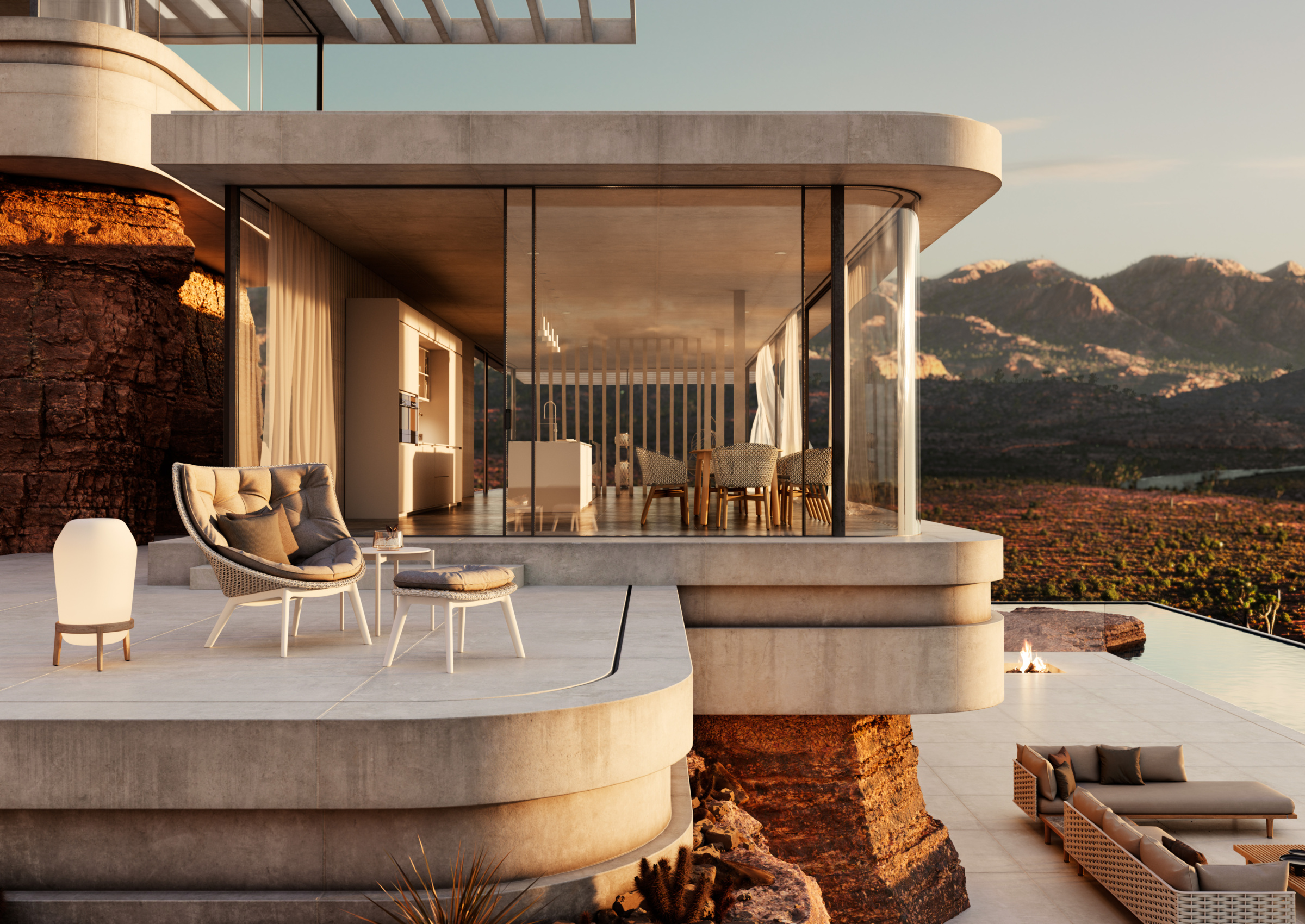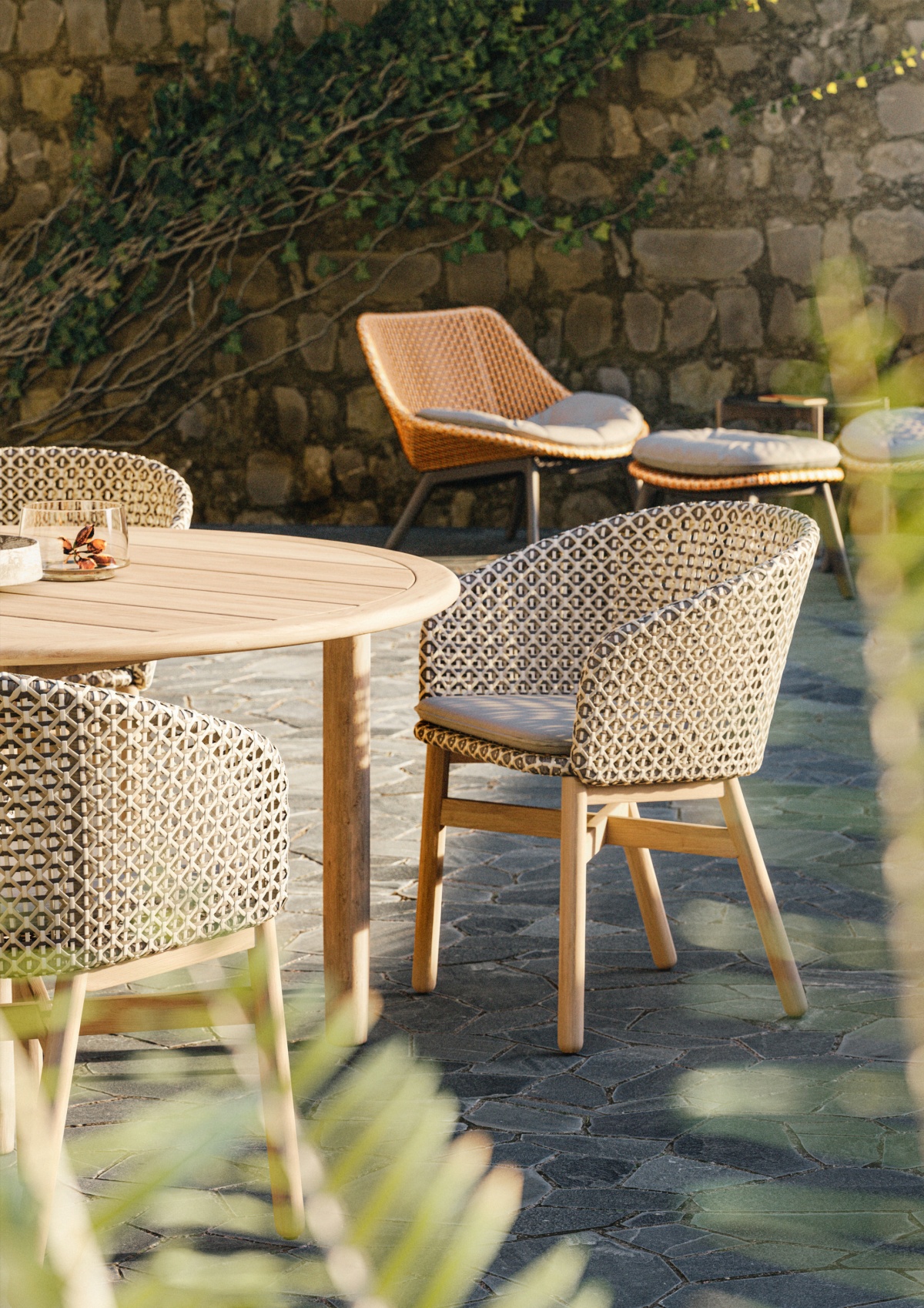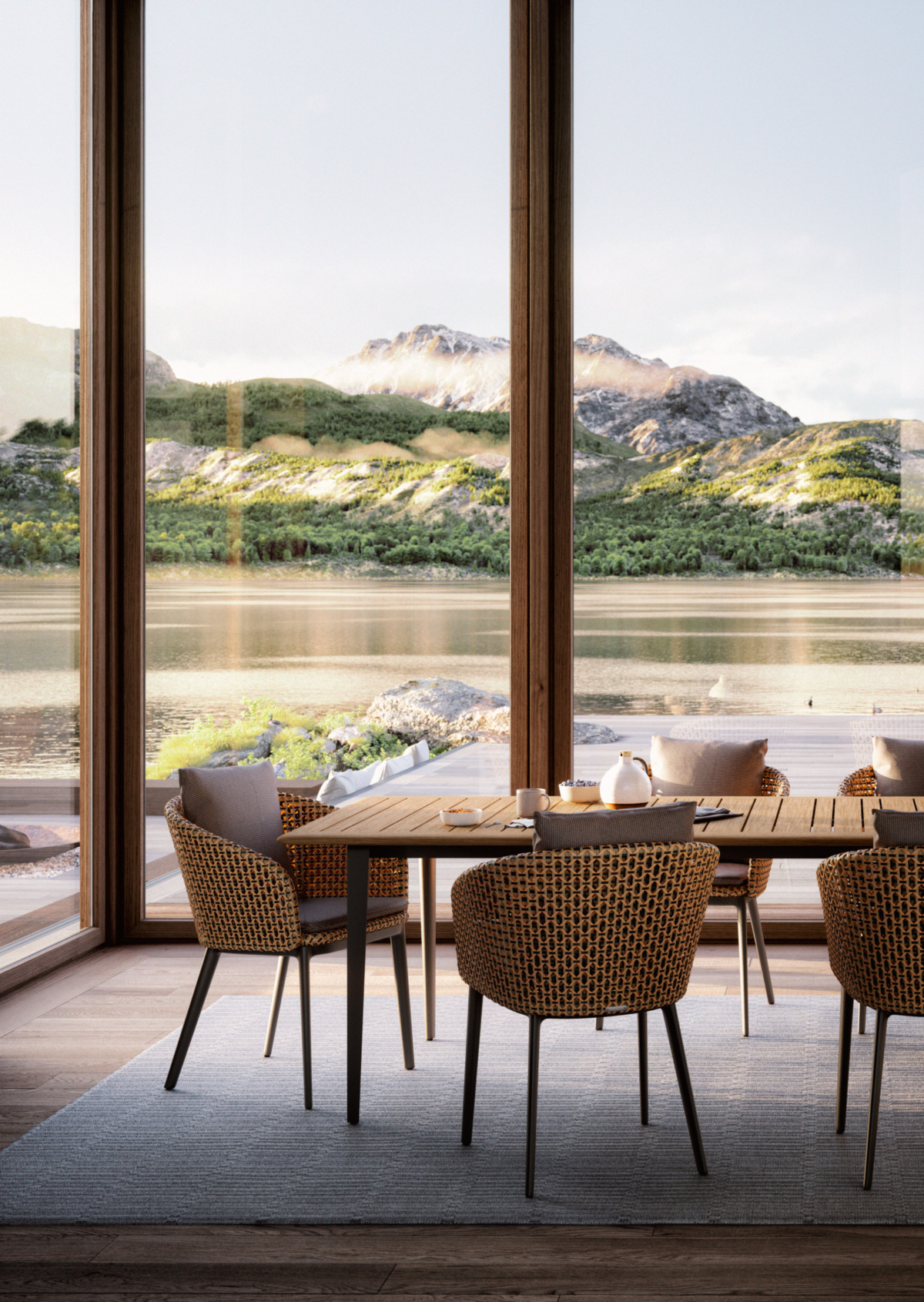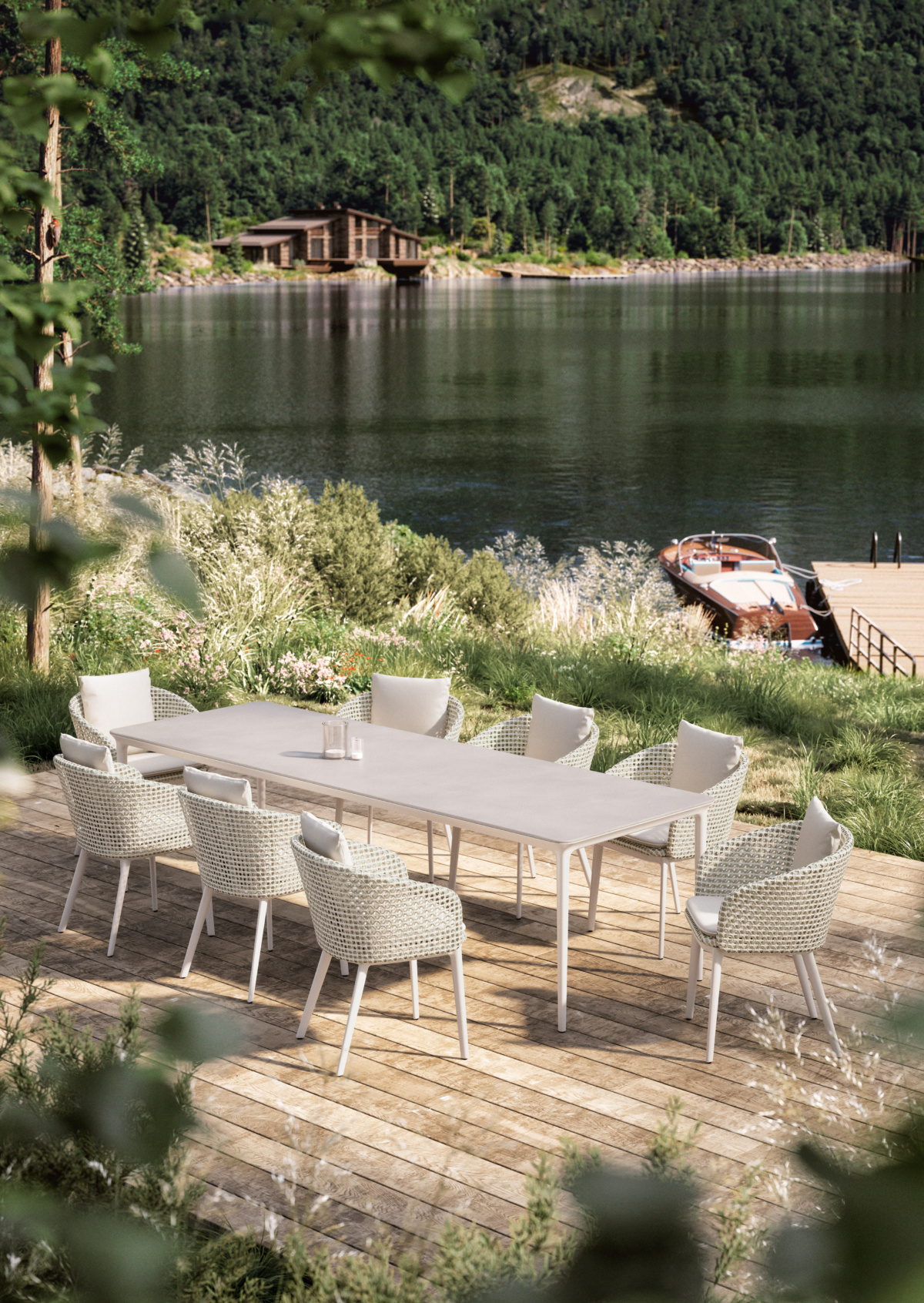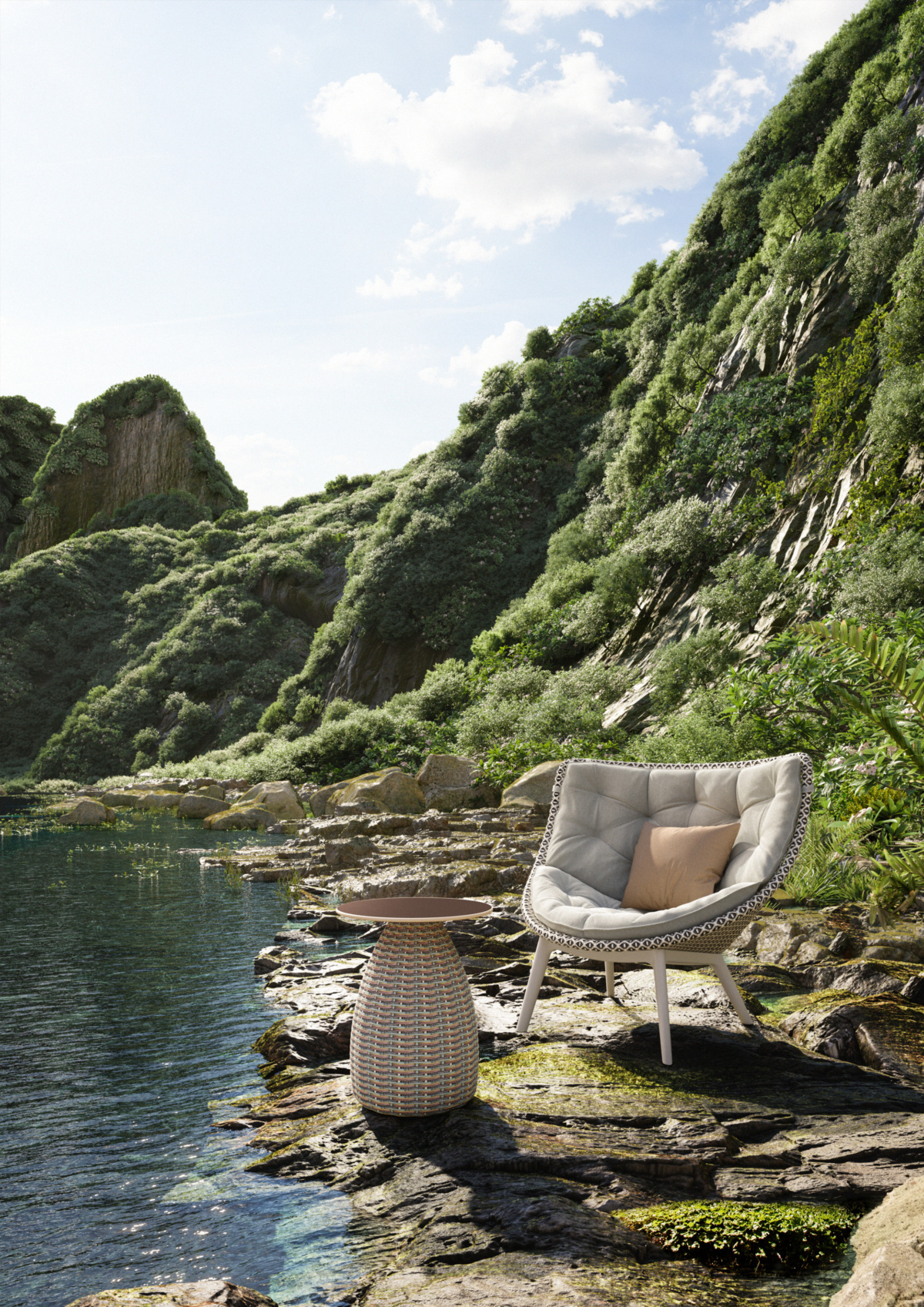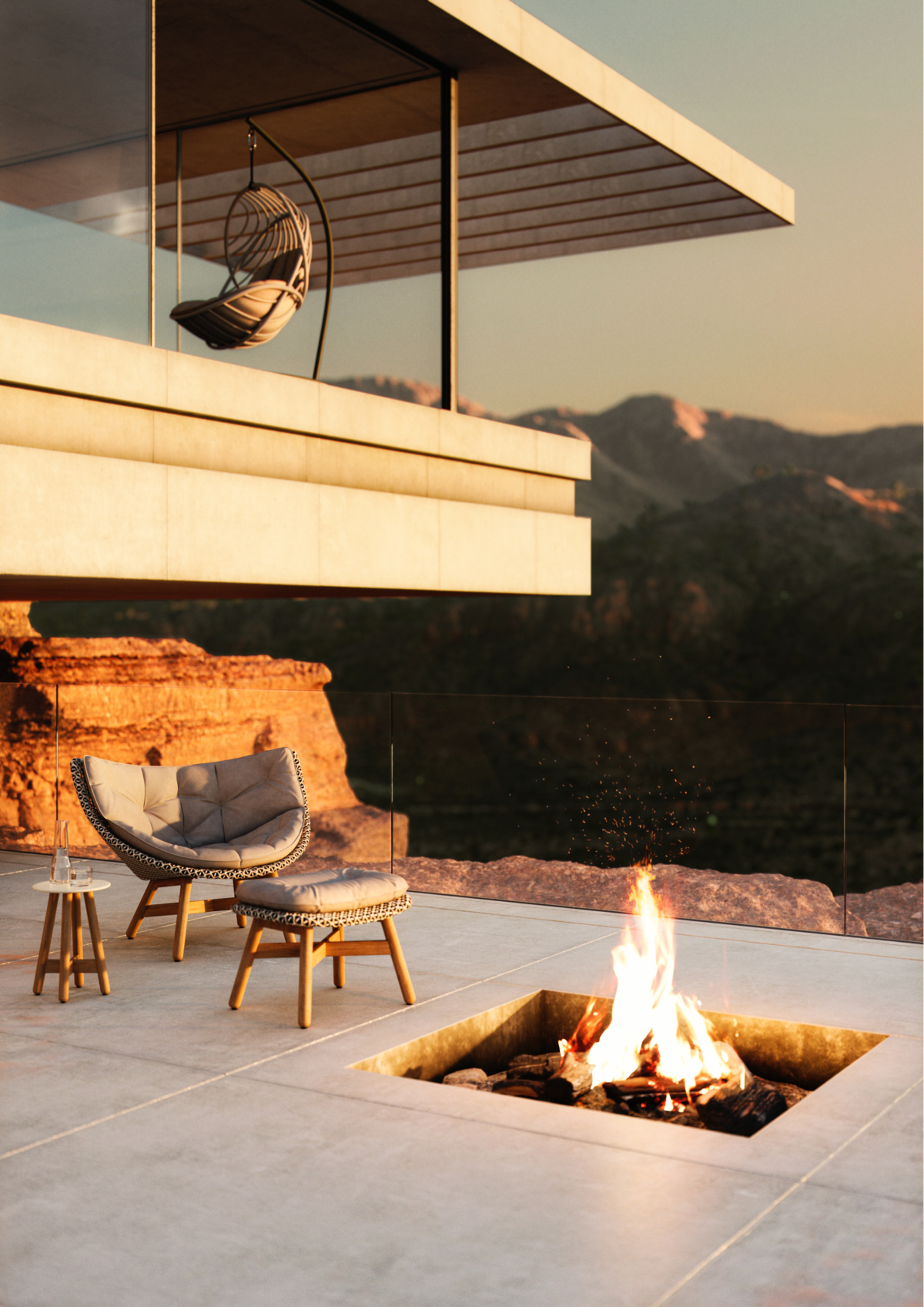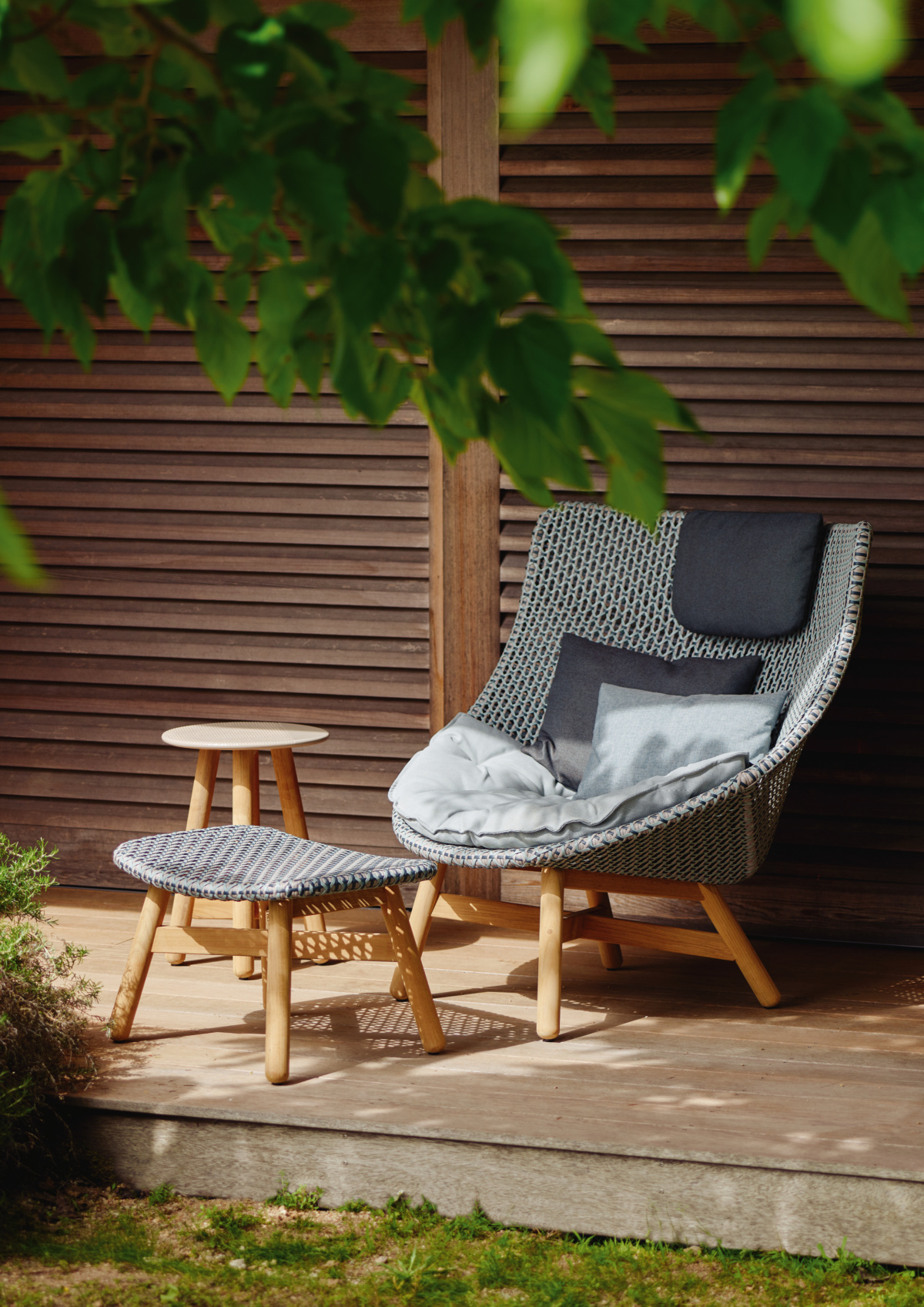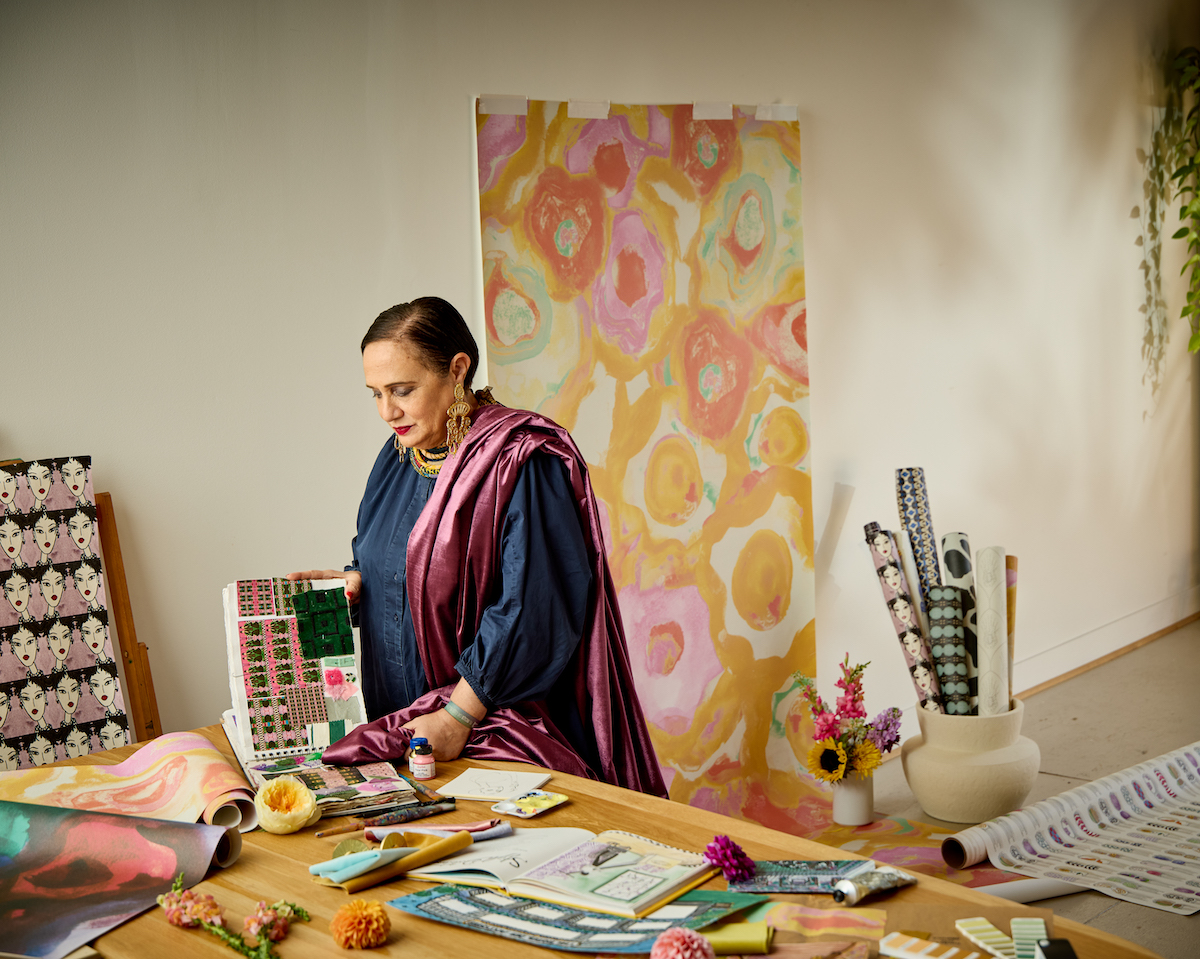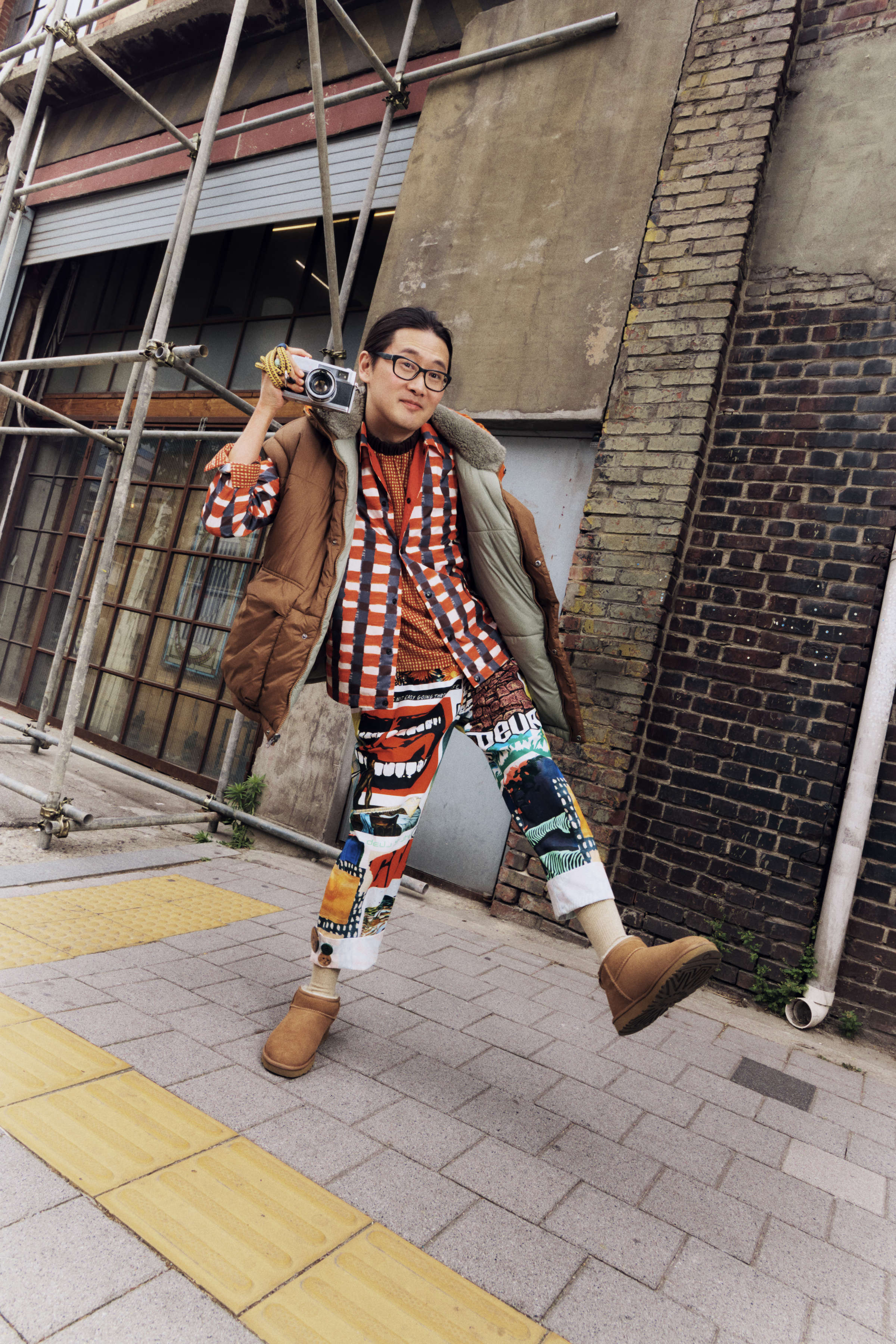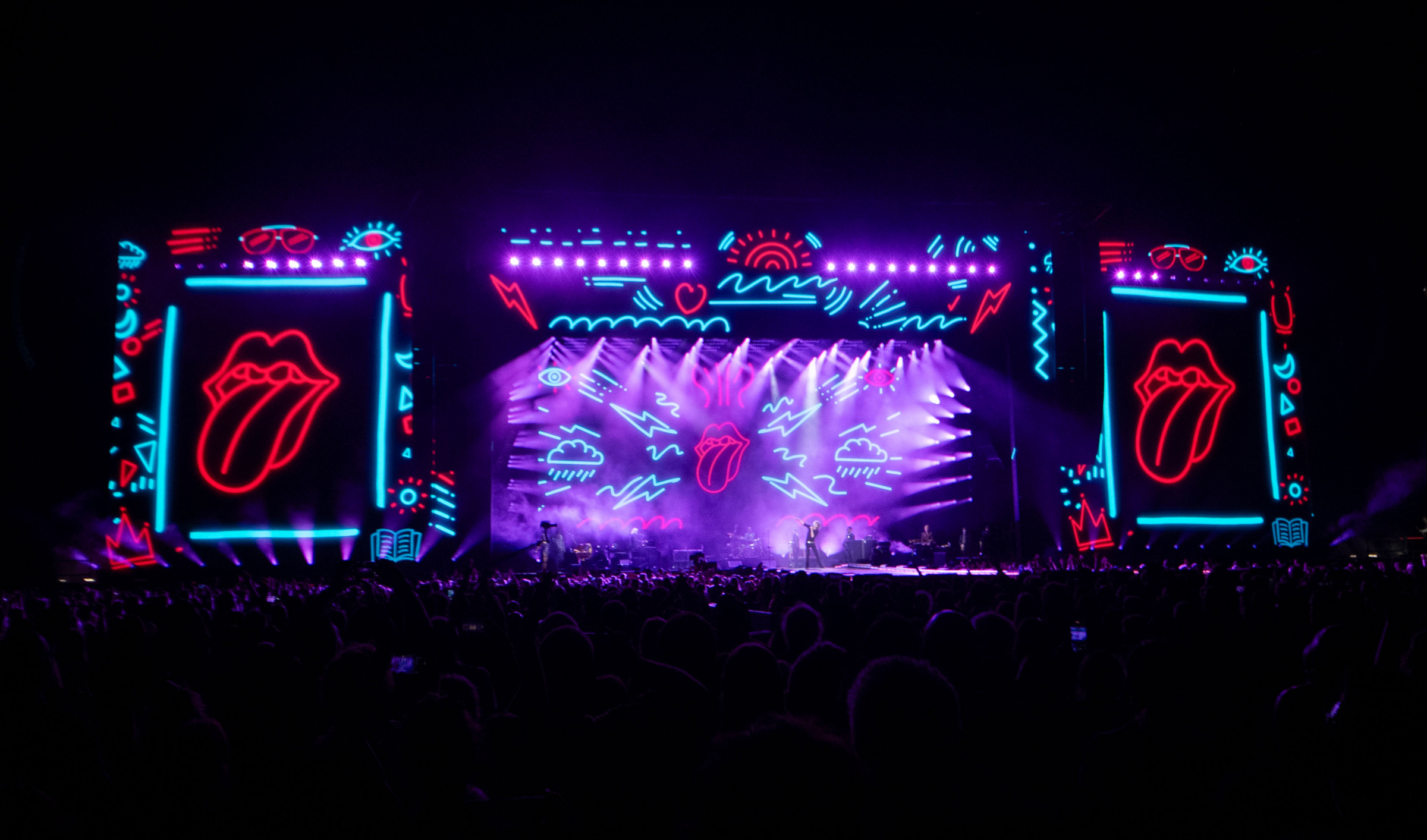All materials, textures, and colors have extra significance in the eyes of designer Sebastian Herkner. Thanks to his curiosity and enthusiasm for learning about and incorporating different and diverse cultures and crafts, Sebastian’s designs have garnered international popularity for their considered sense of color and materiality. His sense for craft and quality makes a perfect match with Dedon, a company whose pioneering woven furniture has raised the expectations for the longevity and luxuriousness of outdoor living.
Over the last 10 years, Sebastian has worked with Dedon to create some of their most beautiful, practical, and popular outdoor living pieces. With fibers woven by masters of craft in the Philippines, Dedon’s dedication to quality matches Sebastian’s desire to create furniture that is more of a treasure than a simple object.
Sebastian’s first outdoor seating collection for Dedon, MBRACE, launched in 2016 and marked a moment of exploration for the now-30-plus-year-old company: it was the first collection to use a teak base. Sebastian and Dedon continued to work together to create MBARQ, a deep seating collection modeled after indoor alcoves, and LOON, a lamp that gives a warm glow to outdoor spaces.
While on a trip to Dedon’s showroom in Chicago’s THE MART to share the expansion of the collections, Sebastian took a moment to talk about craft, outdoor living, and his desire to make objects to be treasured for life.
- The original MBRACE collection combines Dedon’s trademark durable plastic fiber and a teak base.
- The collections are designed to be durable for the seasons of outdoor life and comfortable with the style and comfort of indoor living.
How did your collaboration with Dedon begin? Did you have a particular brief that you were working with, or did you have freedom to go wherever you wanted?
When I met the Dedon team, they showed me the factory and the existing product. Then they said, “Okay, bring us your philosophy about mixing colors and materials, bring your creativity to create a new way.” Before me there was Philippe Starck, Jean-Marie Massaud—a different, little bit older generation. I was part of the shift to a younger generation with a different design language. That’s always important for all brands: to have different perspectives, different backgrounds, and different stories to tell.
My first collection with Dedon was MBRACE. We presented it at the Salone del Mobile in Milan in 2016, but we started the dialogue and the collaboration three years before, in about 2013, because it took a while to get it done.
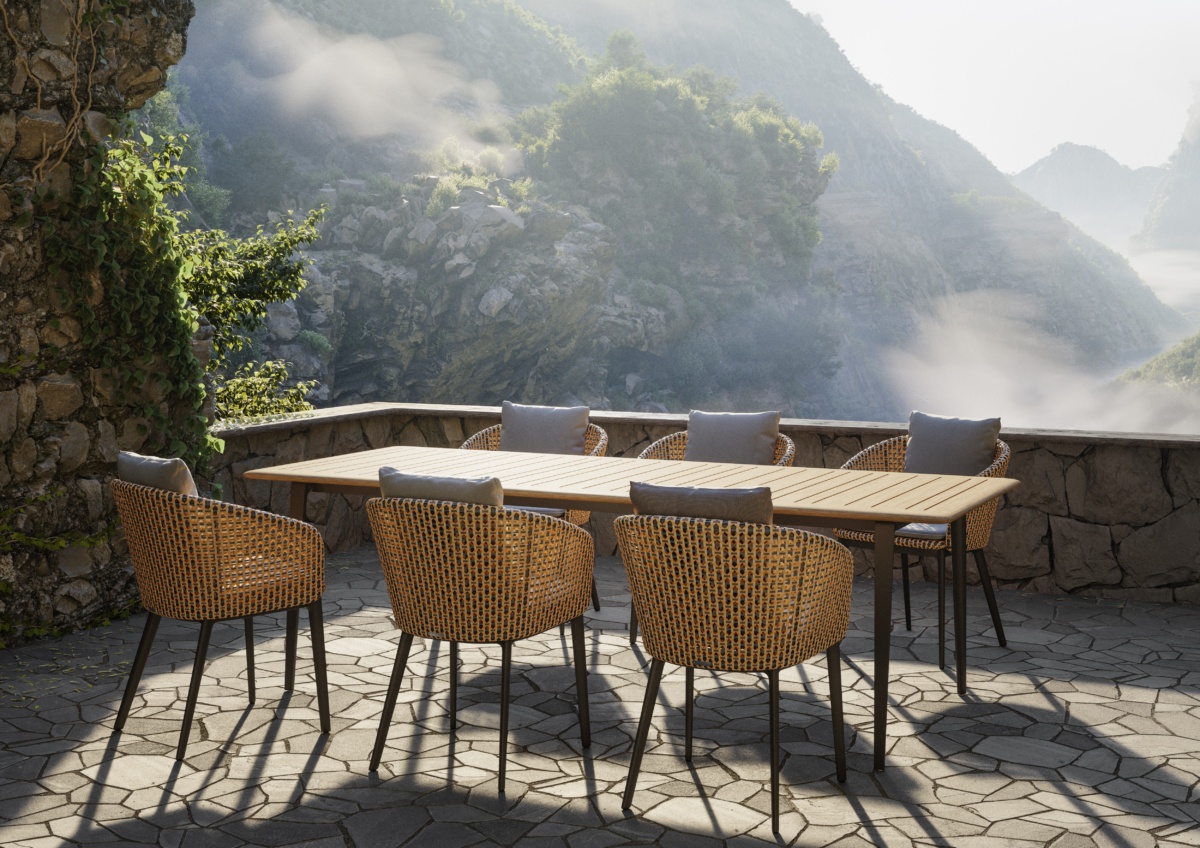
Dedon’s summer 2023 campaign “Spirit of Place” celebrates craft and nature coming together to form a sense of arrival. Here, the imagined “Spiritual Mountain” scene offers reflection and rebalancing.
What did you do with those years?
When Dedon presents something new at the fair, it’s ready for sales. They take the time to make everything perfect. A lot of companies try to push a product in one year to get it out to the fair and it’s not 100%. With Dedon, they produce everything in-house—for some components, they work with suppliers, of course. But they have huge extrusion machines in Lüneburg, south of Hamburg, where they extrude the fibers, and then they roll the fiber and ship it to Cebu Island in the Philippines, where there are all the masters of weaving.
How many people do you work with in your studio?
We are seven to eight, with like five or six designers. We do small prototypes, and we also use 3D printers, of course, but in this case, you need to start weaving and finding the right colors. It’s a long process and a lot of work, and not everything can be simulated in the computer on Photoshop or 3D programs.
At the end, you need to see it. You need the craftsmen doing it, and it takes time to make something with all the dedication and passion and love for it. It’s amazing. We are not all patient enough for it. After 10 minutes, we would quit.
It takes hundreds of meters of fiber to produce the furniture, and it starts like a mess. It’s like my hair in the morning. You have to comb it to get it in shape, and it’s the same here. It’s really magic how they do it. Because we developed a special weave, there’s one weaver in the center of the room, and there are 100 weavers or more sitting around, copying the one in the center. At the end, the chairs all look the same. Of course, sometimes there’s a small detail that might be a little bit different, which shows the craftsmanship.
- Dedon imagines the pieces in “Secret Lakeside,” pictured here, to evoke a sense of endless freedom in a respite hidden from the stresses of everyday life.
- Sebastian and Dedon have recently introduced aluminum bases available in several colors of powder coats for the MBRACE collection.
People always think, “Oh, it’s done by a robot, or it’s 3D printed. Oh, it’s a machine.” But there are amazing, skilled craftsmen and craftswomen doing every single piece. It takes up to two, three days, depending on the size, to do the shell.
Right. It gives the chair more personality.
I had the opportunity to go to Lüneburg to see the production of the fiber, and I had the chance to go to Cebu, in the Philippines, to see the craftsmen working. As designers we need to care about the location of production, the human rights, and how the whole situation is for the people working.
The program at Dedon is very social, and they really take care of their community. They invited the people to come to the village, build their houses, and now they have leftovers of the fiber to make small souvenirs to sell. Buses pick them up, and in the morning, the weavers gather in the courtyard of the factory. They have a band playing on the stage, and there’s someone giving the news from the society and then they all do some yoga, gymnastics, dance before work. It’s a great community and the people are so lovely and welcoming.
For me, the people behind the scenes at the end are my heroes. I have a sketch, but they really have the passion and the knowledge to translate that sketch or 3D rendering to a real product. Without them, it would be impossible. It’s a fantastic opportunity and intercultural exchange.
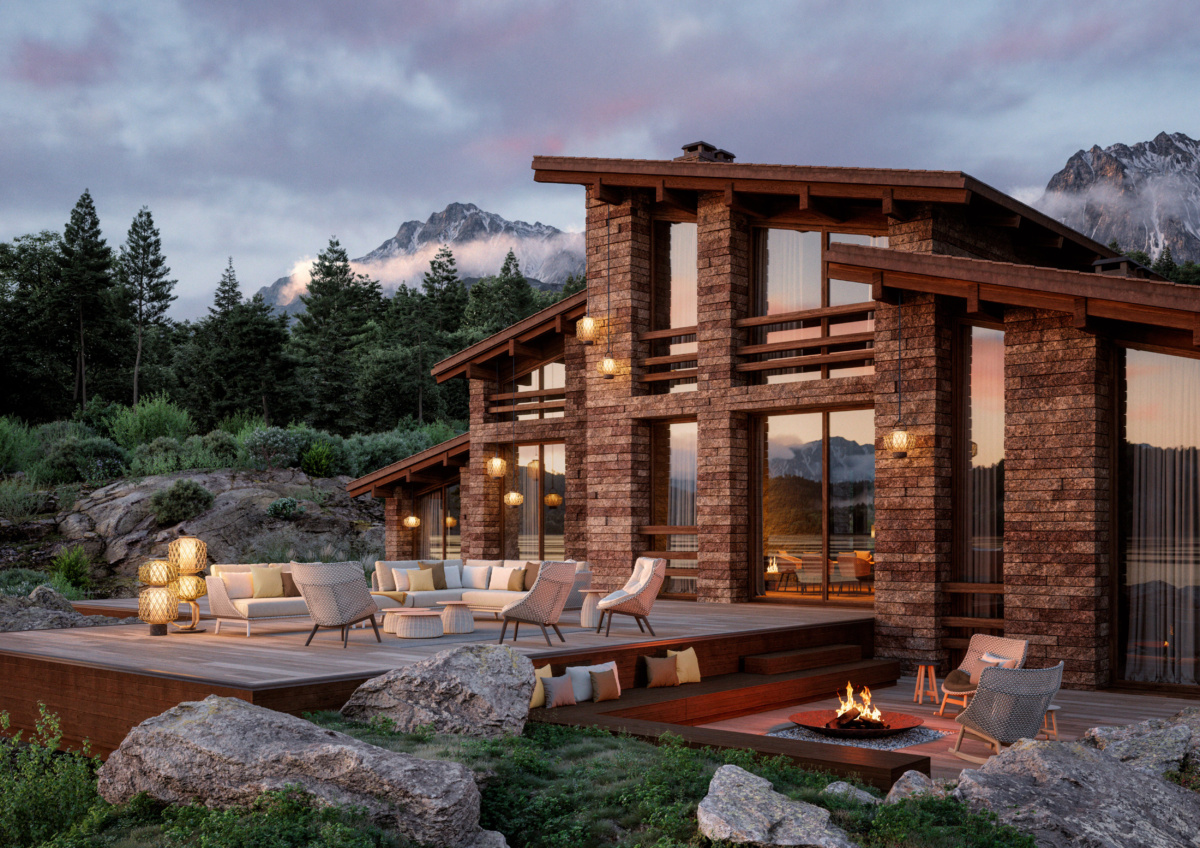
Sebastian’s MBRACE and MBARQ collections mingle on the “Secret Lakeside” deck.
How did you begin to design the weave of the MBRACE collection?
We really wanted to show the beauty of craftsmanship. The starting point was that we looked into the fiber. We wanted to have an open weave, more like textile fabric. So we weave three different fibers and we weave them to create a new colorway. It’s quite similar to how Kvadrat or some brand is producing fabric, because you have the different directions, different colors, that together creates a new colorway.
I’m sure that going to the factories and getting an inside look at how the fibers are made and how they’re woven really helps you with the actual design process too. How did it change your understanding of what works and how it’ll end up looking?
We did small models in cardboard, then they welded the aluminum frame and sent it to us with a big roll of brown fiber just to try. We had an amazing intern that time, and she did a lot of samples, like book size, of different weaves. We found a really nice one working with different colors, an open weave. Then we translated the 2D weave into a 3D weave on the shell by the amazing artisans in Cebu.
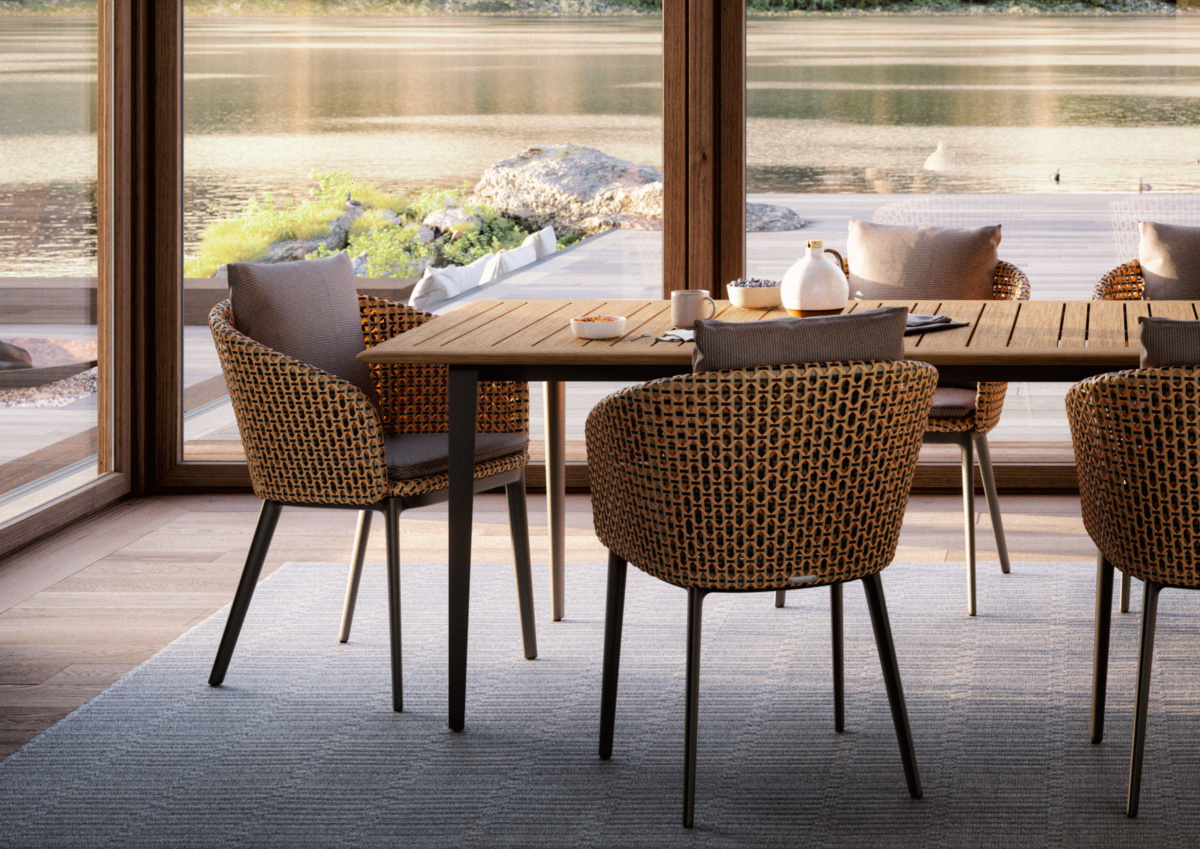
Sebastian’s studio designed the unique, colorful weave of the MBRACE collection.
I think craftsmanship and the human aspect and really creating emotions with craft is so important now. Of course it’s an object, but at the end it’s also a treasure because it’s not just another thing.
We buy too much without thinking. On Amazon or on Instagram, you can buy something and you get it and it’s funny or it’s trendy, and then you throw it away. If you appreciate design like an investment, it’s meaningful. Sometimes I get comments on Instagram or an email: “I saved money for one year, two years to afford your product, and we are so happy and it’s so nice and our kids love it. Our dog sleeps on it,” or whatever. There’s always a story behind it. I’m very happy about those feedback stories I get from people who really enjoy the design.
It’s really a conversation about sustainability. How do you think about sustainability in design?
There’s always the question, what kind of material do you want to have? I have had requests from big Italian companies who would like a plastic chair. And I said no, because for indoor we have options. We can do it easily in wood and other materials. But outdoor is very tricky because you have the sea salt, you have storms, you have wind, you have sands, you have the sun bleaching the materials. Dedon actually, like more than 25 years ago, they tried to start with bamboo rattan, but that did not last long in the seasons. Here it really makes sense to have an artificial material, because you can guarantee a longer life. I think Dedon guarantees 10 years.
- MBRACE and, above, KIDA by Stephen Burks in the “Mysterious Desert”—a place of openness and inspiration.
- MBRACE is beautiful and comfortable with and without cushions.
I think that’s the best way of sustainability, because we as designers and brands have a huge responsibility because materials are not endless. We need to care how we take the resources from our surroundings to act in a really responsible way. The best way to think responsibly and sustainably is to work with products which have a long life driven by a high quality, by a kind of timeless—stupid word—design also, no?
Why don’t you like “timeless?”
Because I like people who are brave and buy maybe a green sofa, and it’s not just always beige and commercial colors. We also have more bright colorways here.
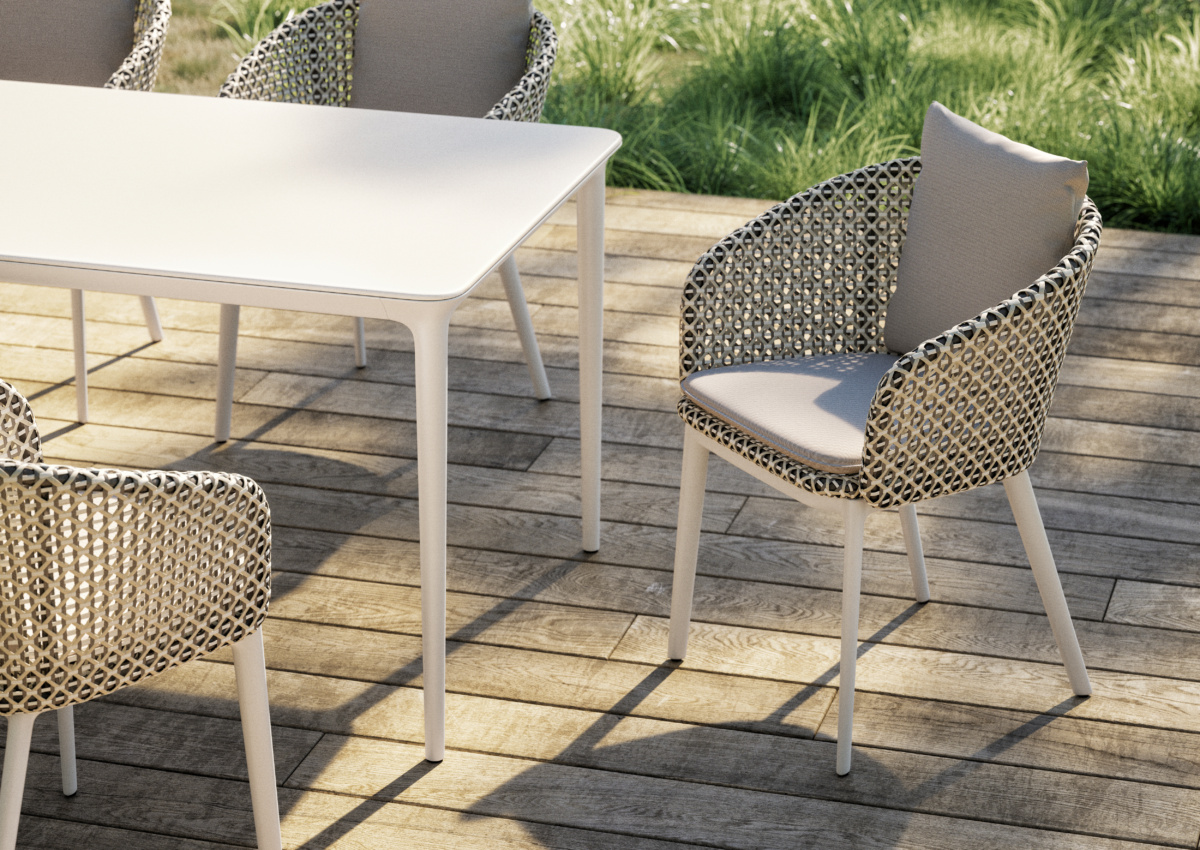
It’s clearly more about the quality and the craft behind it, in Dedon’s case.
This is our task here, to tell the story. There are human beings behind the product. It’s not the case with everything nowadays—3D printing, artificial intelligence, whatever. But here are human beings, and they create emotions with their crafts. That’s why I say products should become treasures and not just in another good. I think we have to change the mentality.
Do you see us heading in that direction now?
I think Covid was actually quite an interesting experience and kind of a reset for a lot of people. Maybe we’re able to travel less, think in a different way, buy locally.
Also if you go to Denmark, even in those very simple areas where the working class is living, everyone has Arne Jacobsen in them.
But for others, sometimes it’s “Okay, we buy cheap and if it’s broken, we buy another one.” Consumption is a horrible word. You know, it’s about food consumption, fashion that we consume to just produce mountains of rubbish without respect for materials or for the craftsmen who are sewing T-shirts for $5.
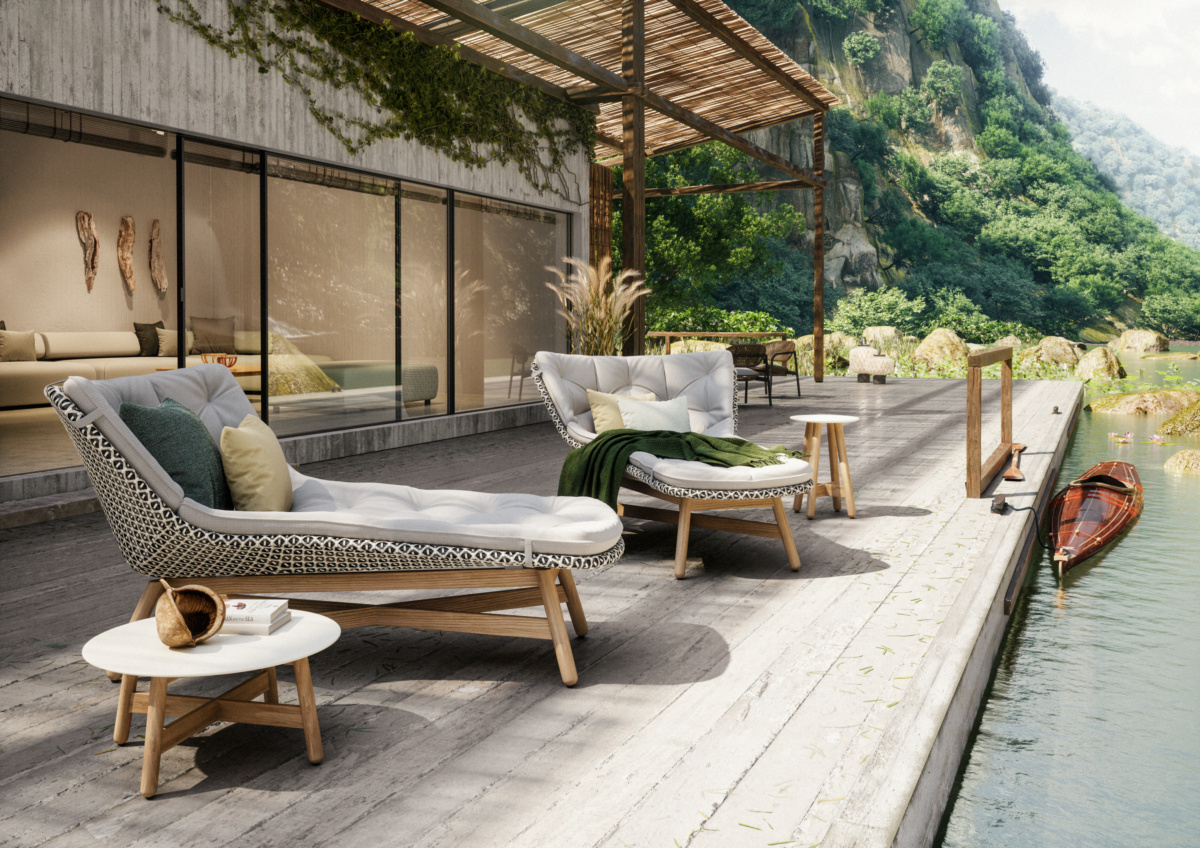
MBRACE also comes in a lounge chair.
Materials and resources are not forever, and that’s why it’s really important to tell the story of the craft, and see design as investment. It’s better to save money and wait, because at the end you have a product you can cherish.
Craft and the act of creation are clearly very important to you. How did your respect for them develop? Do you have an early moment of inspiration that brought you into the world of design?
I grew up in the countryside, in a town of like 700 people. My parents have nothing to do with architecture, design, music, or art—my father’s an electrician, he started when he was young to repair televisions. My mother, a nurse, so something completely different.
Vacation for family Herkner means we went camping all the time—like two weeks in France, changing the campsite 14 times, every day. On the way, you look at all the churches. I saw maybe 100 churches in France by the end. When you’re 12 years old, they all look the same, and you don’t care. But my mother was addicted to churches, all the colorful windows and so on. Because why else do you go to churches? A lot of people are not religious anymore, but they want to see the beauty and the power of the building. I think this is somehow my foundation nowadays—I was in contact with the beauty of craft and colors.
We also visited a city dedicated to producing lace in France, and of course I went to the lace museum, and I was like “Okay, interesting guys.” But now I really appreciate it. Maybe this was the base for my dedication to craft. I really fell in love with it.
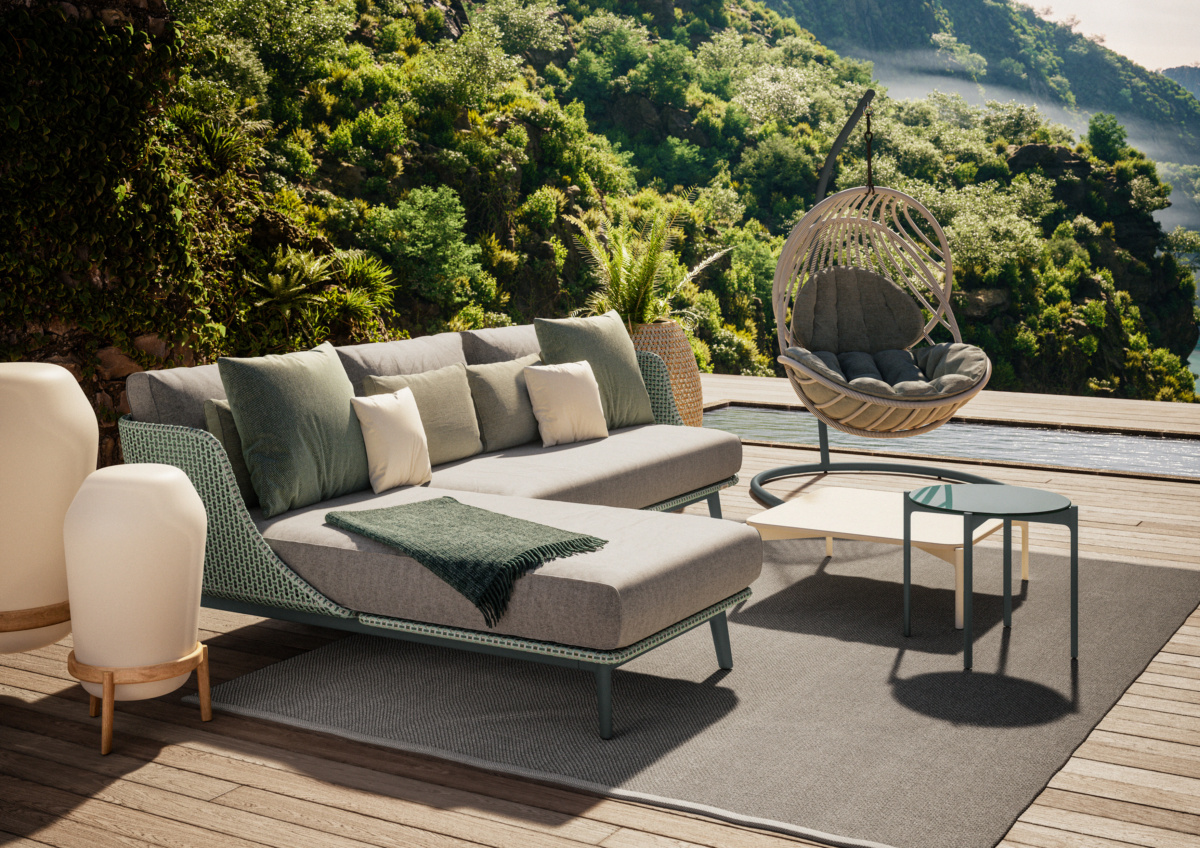
The MBARQ sofa joins the KIDA, LOON, and the IZON tables by Arik Levy.
How does that translate to the beginning of your career, and how you established your design preferences?
Well then I started design in Offenbach, which is next to Frankfurt. It was the city of production of leather goods in the past, but when I started all the workshops closed. There was Montblanc, which is maybe the most popular one, producing all the leather belts and wallets and bags—but they moved to Florence. I realized that the city lost its identity because all the families had had even one member working in the leather production, for sales or packaging or marketing.
I think we all need to take care of those special disciplines and techniques. Think about Venice, Murano, without glass. If you talk to Luca [Nichetto], about 30% of the furnaces and factories are closed because the gas prices went up. All over the world you have special techniques or materials dedicated to a city or to an area, and we really need to take care of those.
In Germany, they don’t really appreciate it. The government just takes care of the car industry. It’s not really about the small industries, and that I think is a problem. Not everyone in Germany has a BMW, but maybe everyone has Rosenthal porcelain or Zwiesel glasses for wine, you know?
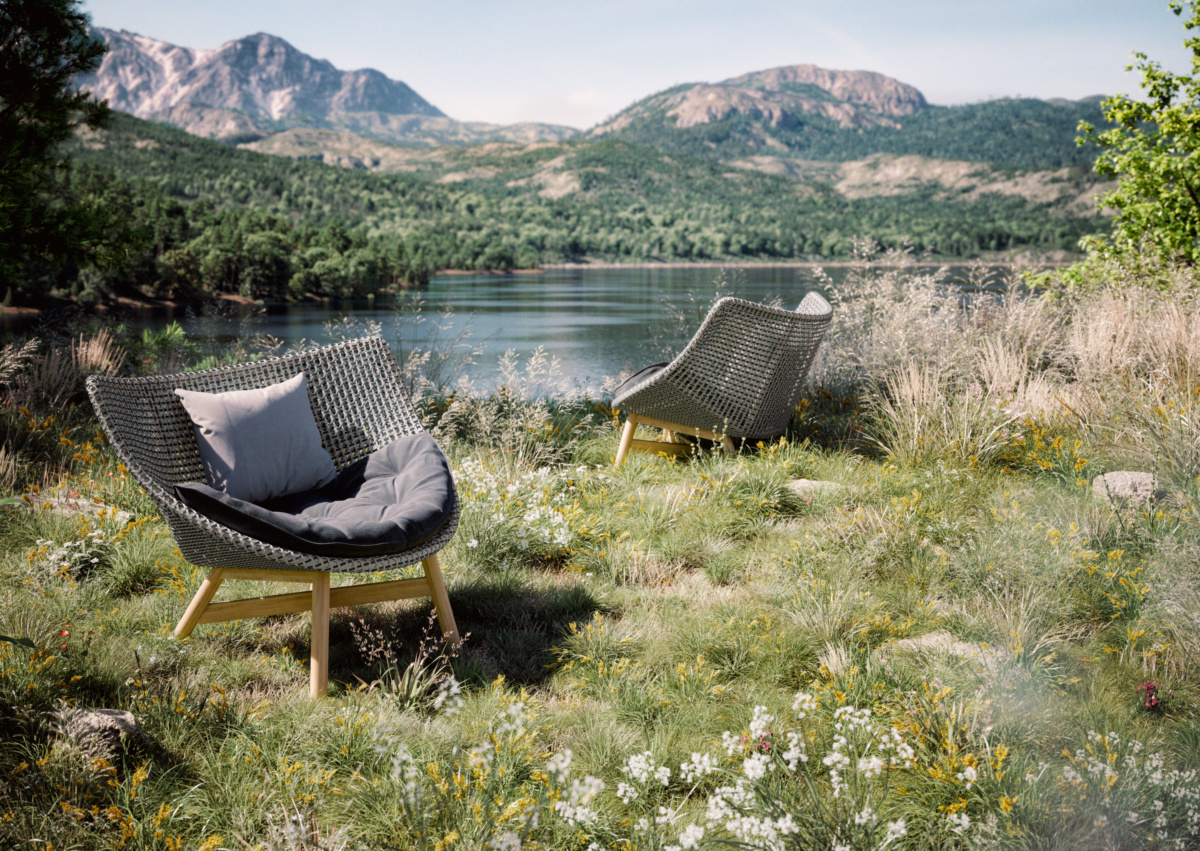
Where do you go or what do you do to spark your ideas and get the creativity flowing?
I think traveling is a huge privilege. I’m here now for two nights. This afternoon I will go to the Mies Van Der Rohe Farnsworth Pavilion. It’s an Uber drive of 70 minutes and it costs a bit of money, but I really want to see it. I went to see the Anish Kapoor, The Bean here, and to the Gehry building.
Last time when I was here for NeoCon, I did a walk around the city that was really nice. Looking around with open eyes and just walking is always the best. If you sit in a train or in a car, you don’t see anything. If you just walk around, you always discover something—a nice detail, or this beautiful facade. It’s the beauty and the quality of design and architecture.
As the collection with Dedon continues to evolve, what directions do you see it heading? Are there different materials that you want to introduce?
We are always working and discussing different topics. It always takes time. It’s not a company that brings a new product every year. But like I said, MBRACE took three years, but it’s now a top seller here in the collection now since 2016. That’s fantastic, and also sustainable, you know? If you always present novelties every year, the product will never last long or be a bestseller. I think our goal should be really to have products which become, let’s say, companions for life.
